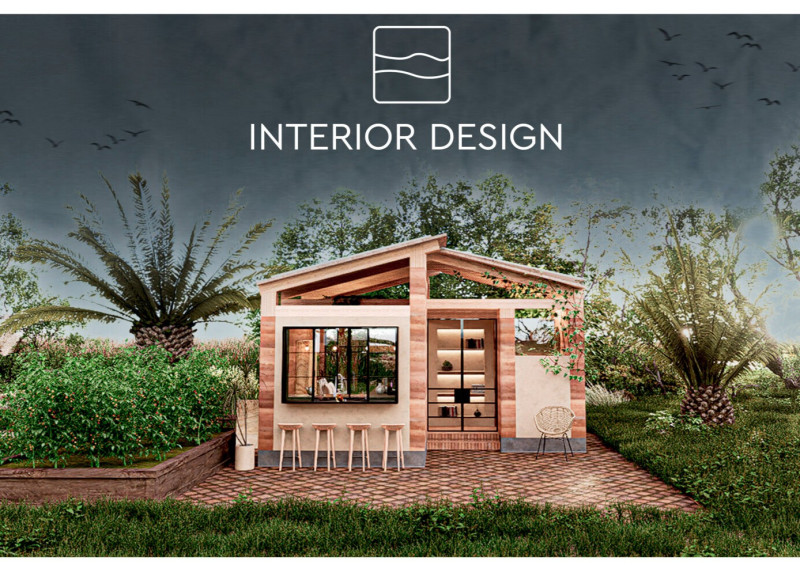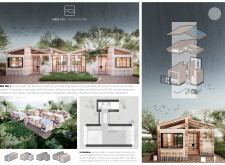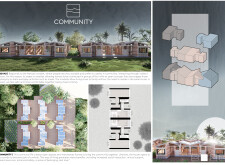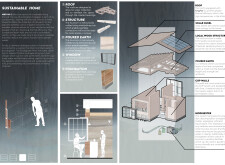5 key facts about this project
## MBO NJI Microhome Project Overview
Located in Puerto Escondido, Oaxaca, Mexico, the MBO NJI microhome project addresses the need for sustainable housing while reflecting the sociocultural values of the region. This initiative integrates contemporary architectural design with local resources, prioritizing environmental responsibility and communal interaction. The project seeks to create dignified living spaces that not only provide shelter but also support a strong sense of community among residents.
### Spatial Configuration and Community Engagement
MBO NJI employs a modular design that allows for the interconnectedness of individual units, fostering communal activities without compromising personal privacy. This spatial strategy encourages social interactions through shared areas for meals and leisure, responding to the significance of familial and community bonds typical in Mexican culture. The adaptable layout of each microhome accommodates various daily activities, enhancing the functionality of the living spaces for each resident.
### Sustainable Practices and Material Innovations
The project is characterized by the use of locally sourced, sustainable materials, which minimizes its environmental impact. Key elements include the use of poured earth for walls and cop walls that draw on pre-Hispanic construction techniques, ensuring durability and climate relevance. Additional features such as inclined roofs facilitate rainwater collection and enhance cross-ventilation, vital for maintaining thermal efficiency in the region's warm climate. Solar panels installed on rooftops contribute to the homes' energy needs, aligning with the goals of sustainability and self-sufficiency.





















































